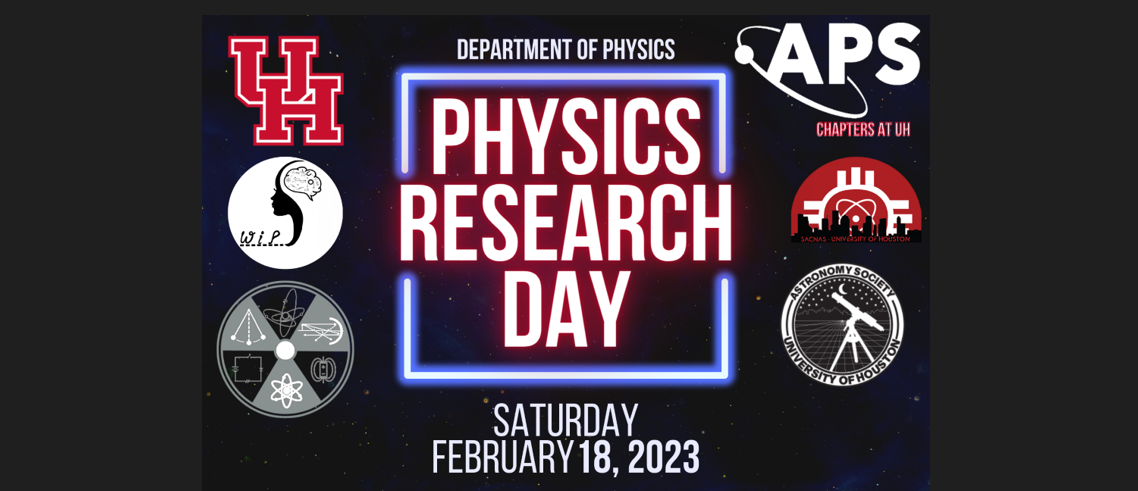Speaker
Description
The recent discovery of ferromagnetism (FM) in two dimensional (2D) van der Waals (vdW) materials down to the monolayer has led, 2D vdW chromium trihalides CrX$_{3}$ (X=Cl,Br and I) to gain recent research attraction because of their interesting electronic and magnetic properties. In the monolayer, all CrX$_{3}$ display in-plane FM order. The bilayer of CrX$_{3}$ becomes antiferromagnetic (AFM), while in tri-layer/bulk, CrI$_{3}$ and CrBr$_{3}$ changes back to FM, but CrCl$_{3}$ remains AFM. Their magnetic ground states are sensitive to the degree of ligand−metal hybridization and relevant modulations in the Cr d- orbital interactions. Because of the strong spin-lattice interaction and the hexagonal stacking order, the magnetic properties of CrX$_{3}$ depend sensitively on the number of layers and can be manipulated by electric and magnetic fields, pressure, and strain. This makes CrX$_{3}$ prime candidates for spintronics and magneto-resistive memory applications. These observations also highlight the importance of determining the key energy scales properly to understand the physics of CrX$_{3}$ and build a more reliable base Hamiltonian as the atomic part of the Hamiltonian has been used very satisfactorily in ligand field theory for the interpretation of optical data of such magnetic compounds. We have measured Cr L-edge soft X-ray absorption spectroscopy (XAS) and resonant inelastic X-ray scattering (RIXS) spectroscopy for all CrX$_{3}$ under different conditions. With the assist of atomic multiplet simulations using quantum many-body script language QUANTY, we have reliably extracted the energy scales of CrX$_{3}$ with varying degrees of ligand-metal charge-transfer effect. These parameters reproduce the experimental RIXS spectra better than methods found in the literature e.g., optical and XAS. Through this systematic study, we show that our approach compared to the literature has yielded a set of more reliably determined parameters for building a base Hamiltonian for CrX$_{3}$.
| Academic year | 4th year |
|---|---|
| Research Advisor | Byron Freelon |
